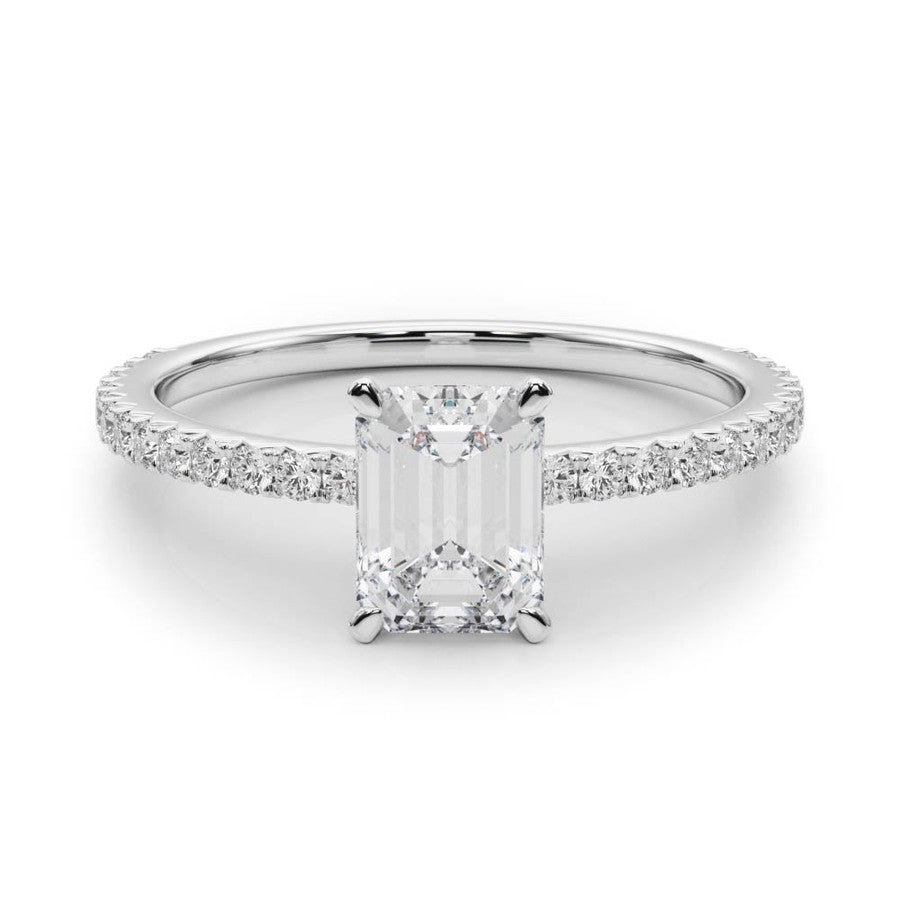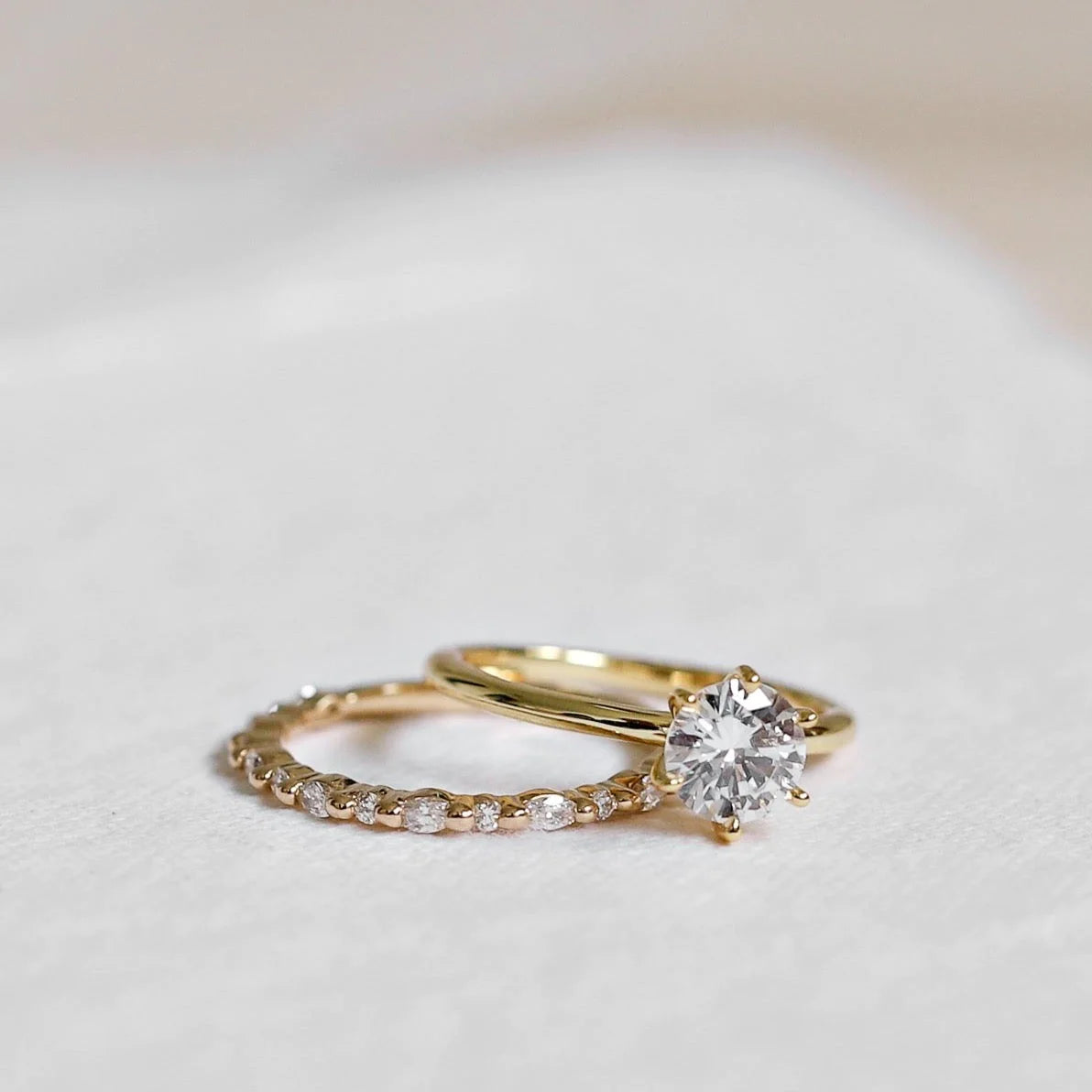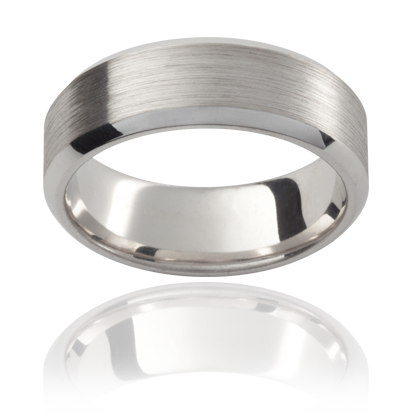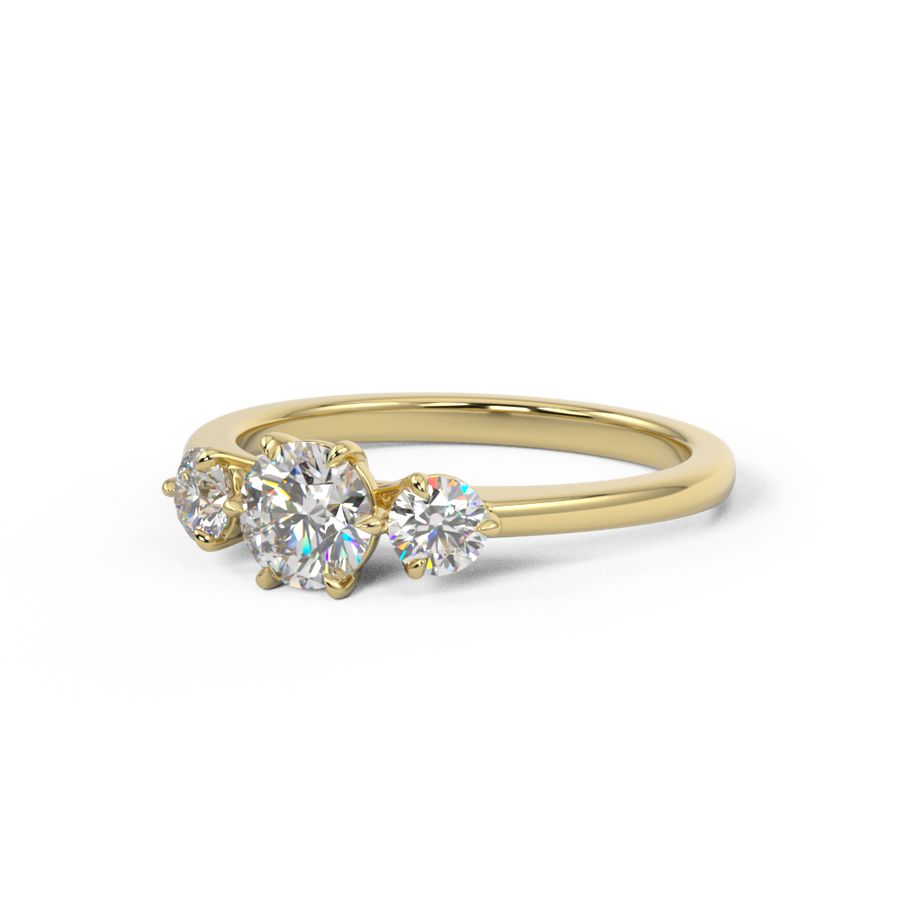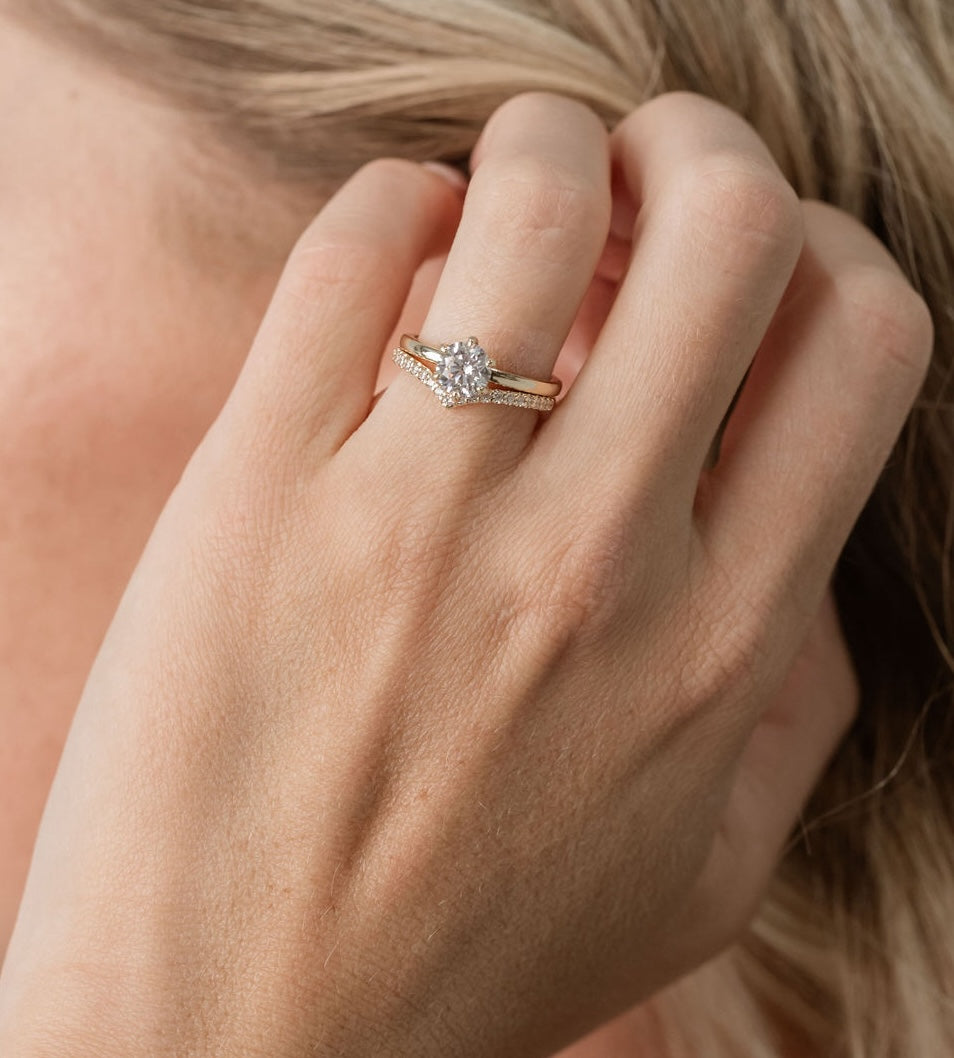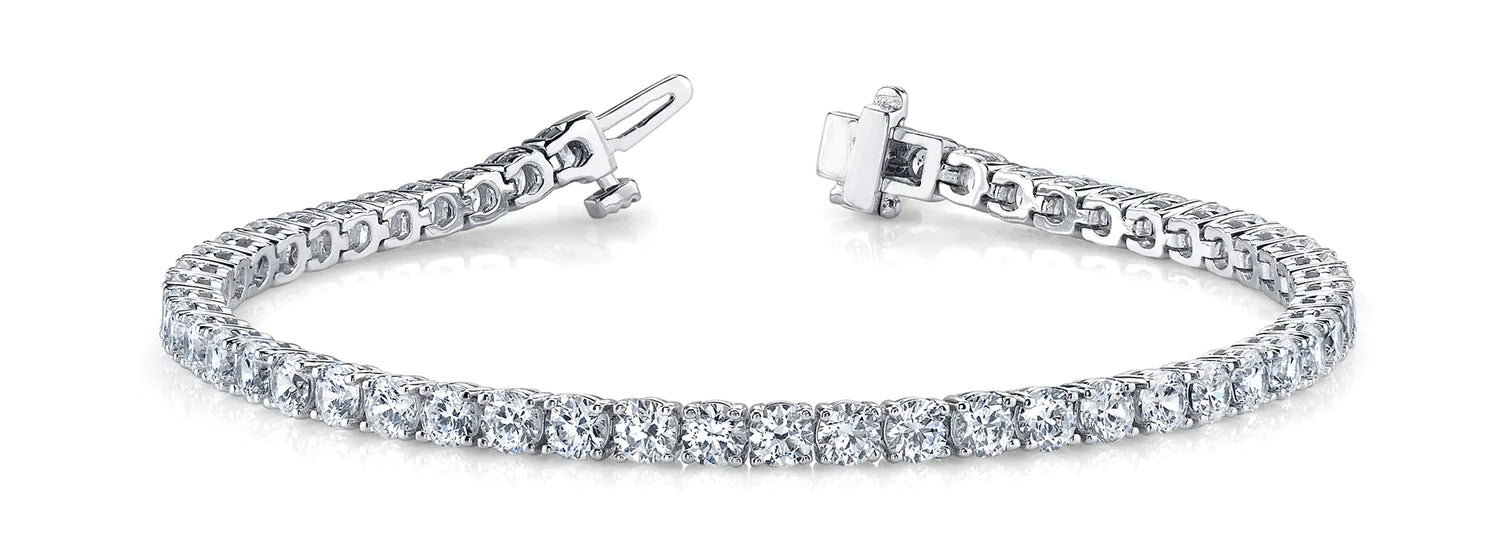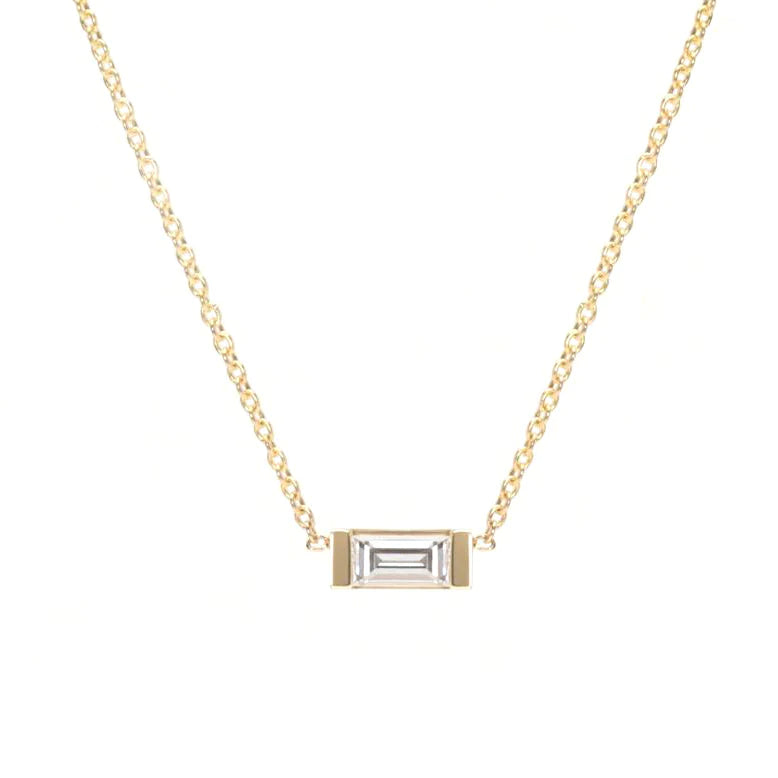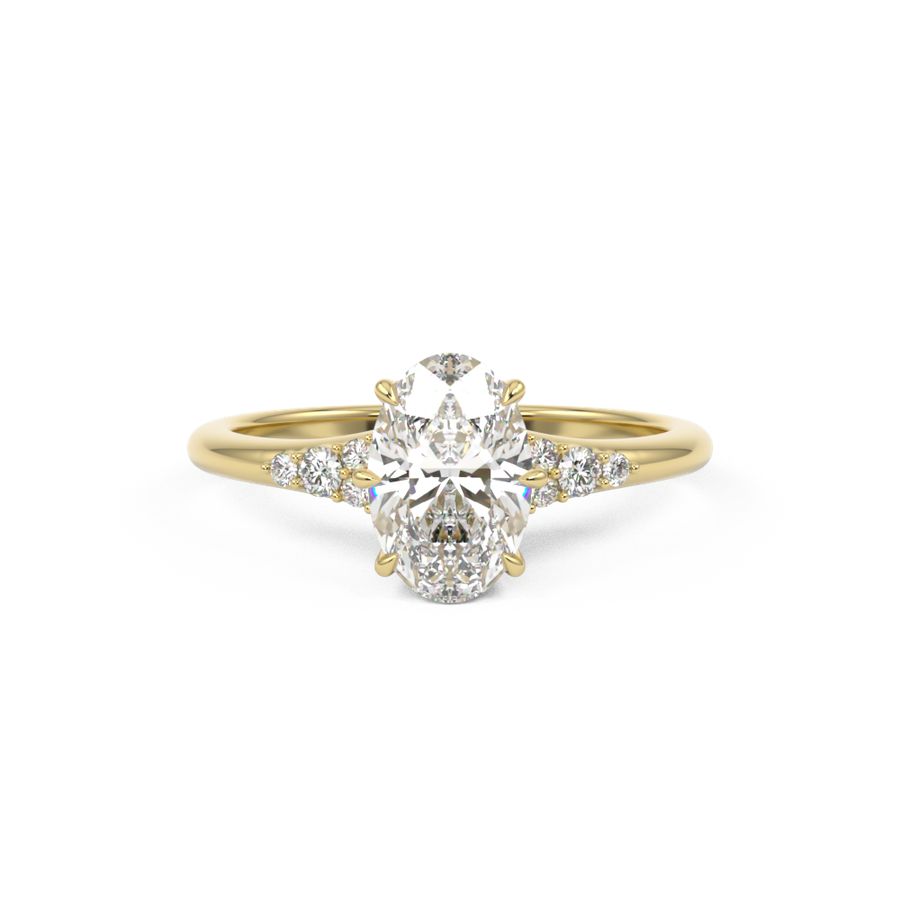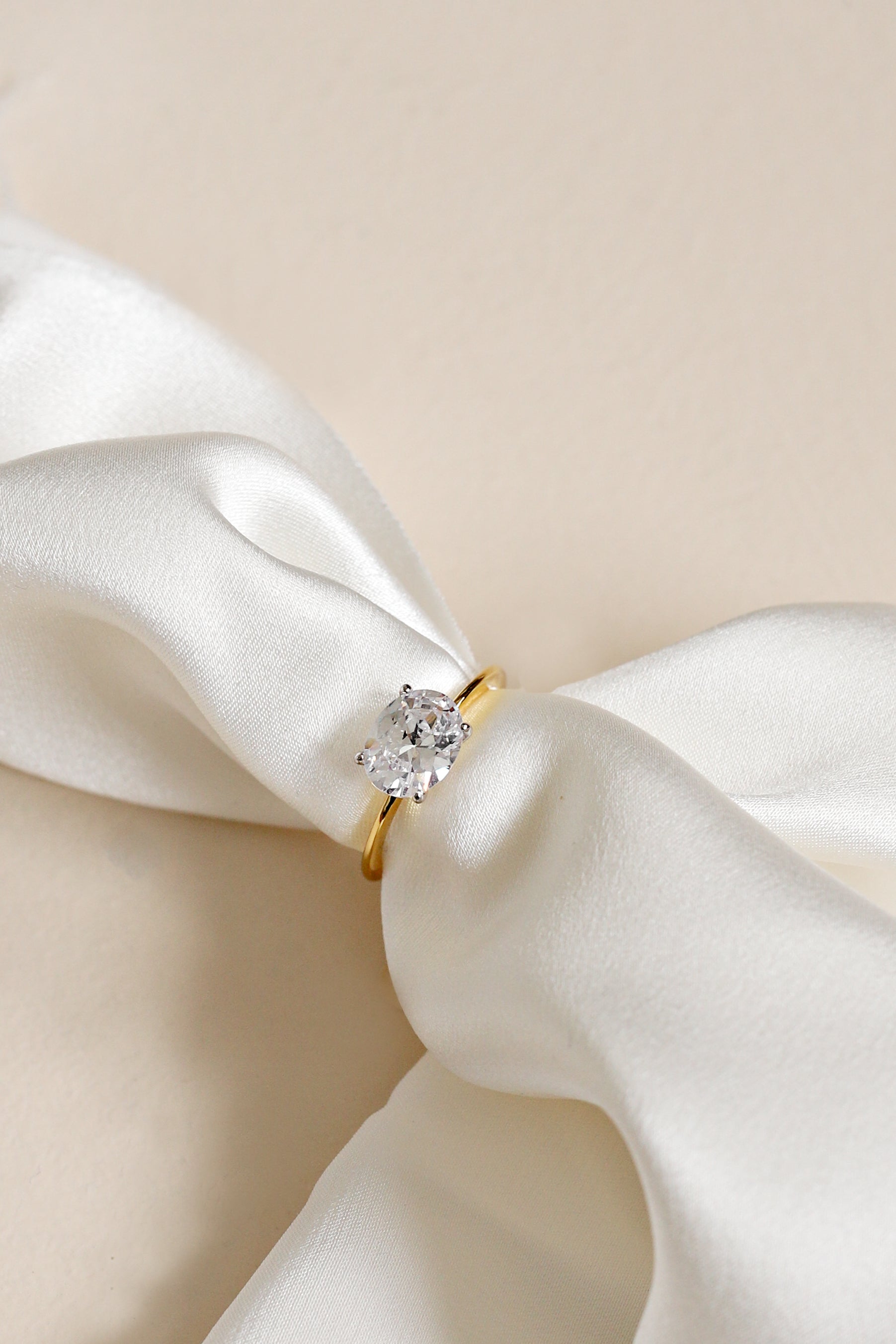Silver standard
Origins and History of the Silver Standard
- Commodity money can be traced back to the Bronze Age, with silver being the first to satisfy all the functions of money.
- The Sumerians of Mesopotamia used silver as the standard of value as early as 3100 BC.
- The silver shekel became their standard currency before 2500 BC.
- Silver was the basis of domestic economies for millennia, while gold was used for international trade.
- Gold as the sole standard of value did not occur until developments in England in the 18th century.
- The use of silver as a currency dates back more than 4,000 years.
- During the Athenian empire, the silver tetradrachm became the first internationally recognized coin in Mediterranean trade.
- Great Britain's early use of the silver standard is reflected in the name of its currency, the pound sterling.
- English currency was primarily silver until the introduction of the gold noble in 1344.
- In 1816, Great Britain officially adopted the gold standard, reducing silver coins to a token issue.
- Great Britain's adoption of the gold standard influenced other countries to follow suit.
- The economic power of Great Britain played a significant role in the adoption of the gold standard.
- Silver ingots were used as currency in trade over 4,000 years ago.
- The Athenian silver tetradrachm achieved international standard status in Mediterranean trade during the Athenian empire.
- Great Britain's currency, the pound sterling, traces its origins to the use of silver as a standard in the early Middle Ages.
- English currency was almost exclusively silver until the introduction of the gold noble in 1344.
- In 1816, Great Britain officially adopted the gold standard, rendering silver coins as token issues.
- Great Britain's adoption of the gold standard influenced other countries to move to the gold standard.
- Silver coins were minted in Joachimsthal, Bohemia, beginning in 1515.
- These coins became known as 'Joachimsthaler' and were later shortened to 'thaler.'
- The thaler coins were widely circulated and became the model for silver thalers issued by other European countries.
- The word 'thaler' eventually became 'dollar' in the English language.
- Rich silver deposits in southern Mexico and Guatemala allowed the Spaniards to mint large quantities of silver coins.
- The Spanish dollar, also known as the 'real de a ocho' or peso, was widely circulated during the 18th century.
- Spanish dollars backed paper money authorized by the American colonies and the Continental Congress during the American Revolution.
- The 8-real coin became the basis for the Chinese yuan in addition to the American dollar.
- After the Franco-Prussian War, Germany extracted a large indemnity from France in gold, leading to its adoption of the gold standard.
- Germany's abandonment of the silver standard put pressure on other countries to move to the gold standard.
- The United States adopted a silver standard based on the Spanish milled dollar in 1785.
- The federal government used the Bank of the United States to hold its reserves and established a fixed ratio of gold to the US dollar.
- The US attempted to create a bimetallic standard for the US dollar until the 1920s.
- The US Treasury operated on a strict hard money standard, using only gold or silver coins as part of the Independent Treasury Act of 1846.
- President Jefferson suspended the minting of silver coins in 1806 due to the debt incurred from the Revolutionary War.
Historical Use of Silver as Money in Imperial China
- Silver ingots were used as a medium of exchange in Imperial China.
- The use of silver ingots can be traced back to the Han dynasty.
- During the Song dynasty, the government became the sole issuer of paper currency, but silver ingots were still used as a medium of exchange.
- Silver ingots had a boat or Chinese shoe shape during the Yuan dynasty.
- The Ming dynasty established the use of silver as money, with paper money becoming worthless and the ban on silver lifted in 1436.
Gresham's Law and the Silver Standard in the United States
- Following Gresham's law, silver poured into the US, causing gold to move out.
- In 1853, the US reduced the silver weight of coins to keep them in circulation.
- In 1857, legal tender status was removed from foreign coinage.
- The final crisis of the free banking era began in 1857 as American banks suspended payment in silver.
- In 1861, the US government suspended payment in gold and silver, effectively ending attempts to form a silver standard basis for the dollar.
Attempts to Resurrect Bimetallic Standards
- During the 1860-1871 period, various attempts were made to resurrect bimetallic standards.
- One attempt was based on the gold and silver franc.
- The expectation of scarcity of silver ended with the rapid influx of silver from new deposits.
- The combination of restrictions on supply of new notes, a government monopoly on note issuance, a central bank, and a single unit of value produced economic stability.
- The need for stability in monetary affairs led to the rapid acceptance of the gold standard.
The Coinage Act of 1873 and the Abandonment of Gold and Silver Standards in the United States
- The Coinage Act of 1873 embraced the gold standard and de-monetized silver.
- Western mining interests and others labeled this measure the Crime of 73.
- Gold was the only metallic standard in the United States until the passage of the Bland-Allison Act in 1878.
- The Bland-Allison Act required the US Treasury to purchase domestic silver bullion to be minted into legal tender coins.
- Silver certificates were issued to join the gold certificates already in circulation.
- In 1933, the domestic economy was taken off the gold standard and placed on the silver standard for the first time.
Silver standard Data Sources
| Reference | URL |
|---|---|
| Glossary | https://harryandcojewellery.com.au/blogs/glossary/silver-standard |
| Wikipedia | http://en.wikipedia.org/wiki/Silver_standard |
| Wikidata | https://www.wikidata.org/wiki/Q1860864 |
| Knowledge Graph | https://www.google.com/search?kgmid=/m/02pj_8l |

